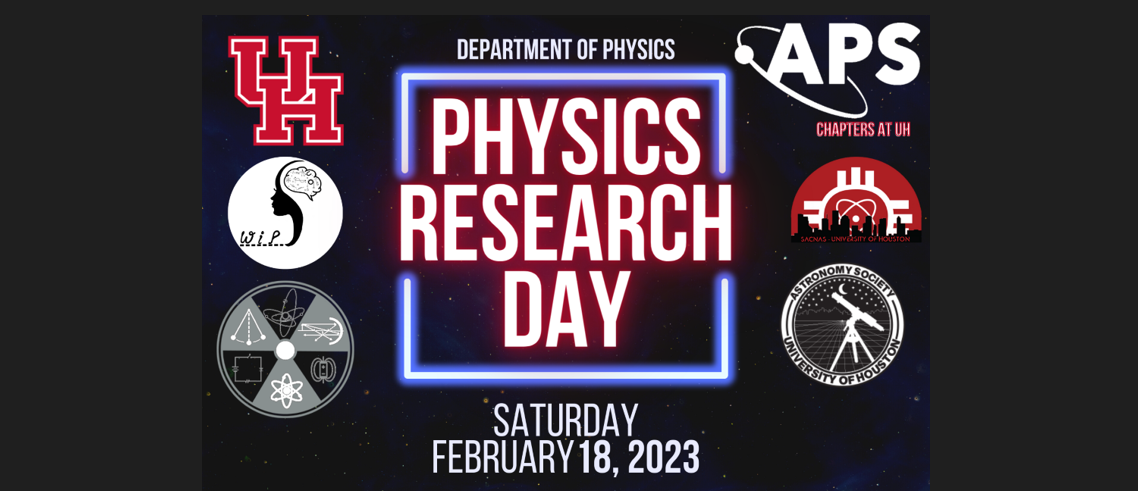Speaker
Description
The Artemis I space vehicle was exposed to Florida weather for several weeks before it was finally released for launch on November 16, 2022. Florida sustains more lightning strikes than any other state in the US because sea breeze fronts blow from two coasts, forming many cumulonimbus clouds. Fortunately, Artemis missions are also guarded by three towers comprising a Lightning Protection System (LPS), which are featured on the Artemis I mission patch. The LPS includes catenary and instrumentation systems which record the magnitude and coordinates of each nearby lightning strike, but aren’t alone be enough to determine if a strike caused damage to sensitive instruments on the vehicle. The proposed thesis utilizes LPS data from any given strike to calculate the associated electromagnetic fields appearing at the position of the Artemis vehicle. This information is used to determine whether to proceed with launch, retest, or rollback to the Vehicle Assembly Building (VAB) for more serious inspection following a lightning event. A combination of Computational Electromagnetics (CEM) modeling, verification testing, and analysis is used to develop tools capable of obtaining solutions quickly in order to avoid impacting launch windows.
| Academic year | 5th year and/or beyond |
|---|---|
| Research Advisor | Dr. Edgar A. Bering |
